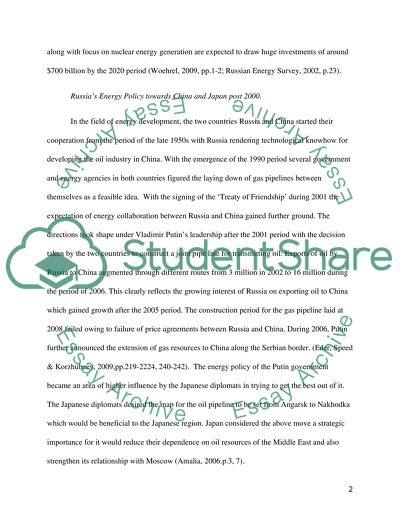Cite this document
(“Critical evaluation of energy relations between Russian Far East and Dissertation”, n.d.)
Retrieved from https://studentshare.org/family-consumer-science/1405595-critical-evaluation-of-energy-relations-between
Retrieved from https://studentshare.org/family-consumer-science/1405595-critical-evaluation-of-energy-relations-between
(Critical Evaluation of Energy Relations Between Russian Far East and Dissertation)
https://studentshare.org/family-consumer-science/1405595-critical-evaluation-of-energy-relations-between.
https://studentshare.org/family-consumer-science/1405595-critical-evaluation-of-energy-relations-between.
“Critical Evaluation of Energy Relations Between Russian Far East and Dissertation”, n.d. https://studentshare.org/family-consumer-science/1405595-critical-evaluation-of-energy-relations-between.


